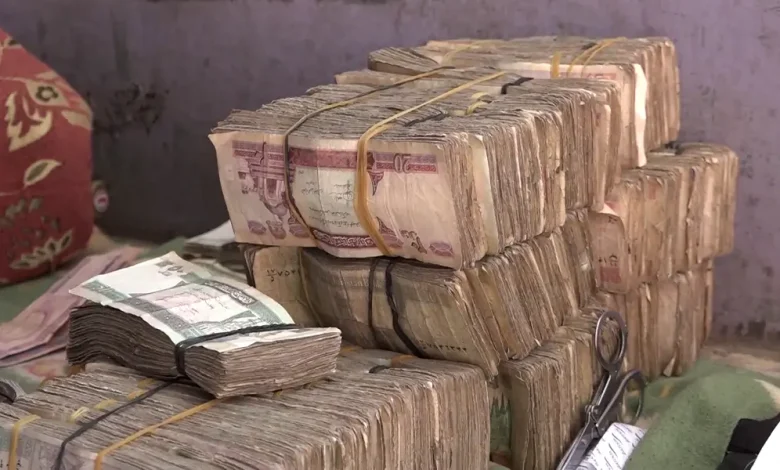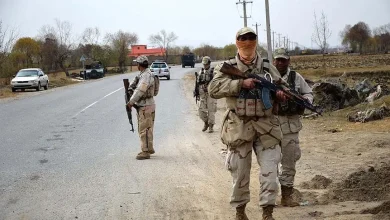Half of Afghanistan’s Budget Spent on Taliban Security Forces, World Bank Reports

Nearly half of Afghanistan’s total budget in the first seven months of the 2025 fiscal year has been allocated to security sectors under Taliban rule, the World Bank said in a new report, raising concerns over the group’s financial priorities.
According to the report, out of a total budget exceeding 155 billion Afghanis, 75.6 billion Afghanis—or 49 percent—was spent on security-related areas. In contrast, sectors such as health, education, social services, and infrastructure reconstruction received significantly smaller shares.
Despite the sharp increase in overall expenditures, the Taliban administration has maintained a balance between income and spending, curbing the budget deficit. In October alone, the administration spent 24.3 billion Afghanis, a 5 percent decrease compared to the previous month.
The drop in monthly expenditures was mainly due to a 12 percent decline in staff salaries. Meanwhile, spending on goods and services rose by 7.7 percent, and subsidies increased by 16 percent. The World Bank noted that these fluctuations indicate a selective focus on specific sectors.
Annual data shows a 78 percent surge in total spending compared to October last year. Economic analysts attribute this jump to last year’s low baseline and delays in salary payments.
During this period, salaries and wages rose 18 percent to reach 101.4 billion Afghanis. Spending on goods and services climbed to 31.3 billion Afghanis, while transfers to vulnerable groups and pensioners stood at 13.3 billion Afghanis.
An increase in transfers reflects expanded assistance to returnee families, earthquake victims, families of deceased individuals, and people granted exemptions. Pension payments have also resumed under a new directive.
In the foreign trade section, Afghanistan’s imports rose by 21 percent to $7.6 billion, with most comprising intermediary goods used in domestic production. Exports, however, remain heavily reliant on food products, which constitute 82 percent of total exports.
The World Bank warned that this dependence makes Afghanistan more vulnerable to climate change and global market fluctuations.
Among trade partners, Iran remains Afghanistan’s largest, accounting for 29 percent of total imports, followed by the United Arab Emirates, Pakistan, and China. Trade routes toward Iran and Central Asia are expanding, largely due to disruptions in eastern and southern pathways.
On the revenue side, domestic resource collection increased by 16 percent, reaching 153.4 billion Afghanis, largely from western and northern border crossings such as Herat, Balkh, and Farah. This growth has offset revenue declines from the eastern and southern borders.
Nonetheless, Afghanistan’s trade deficit during this period stood at $6.5 billion, equivalent to 30 percent of the country’s GDP—an indicator of its strong reliance on imports and limited domestic production capacity.
The report comes amid the Taliban administration’s continued refusal to publicly release the national budget, leaving transparency and accountability in the use of public funds in question.




